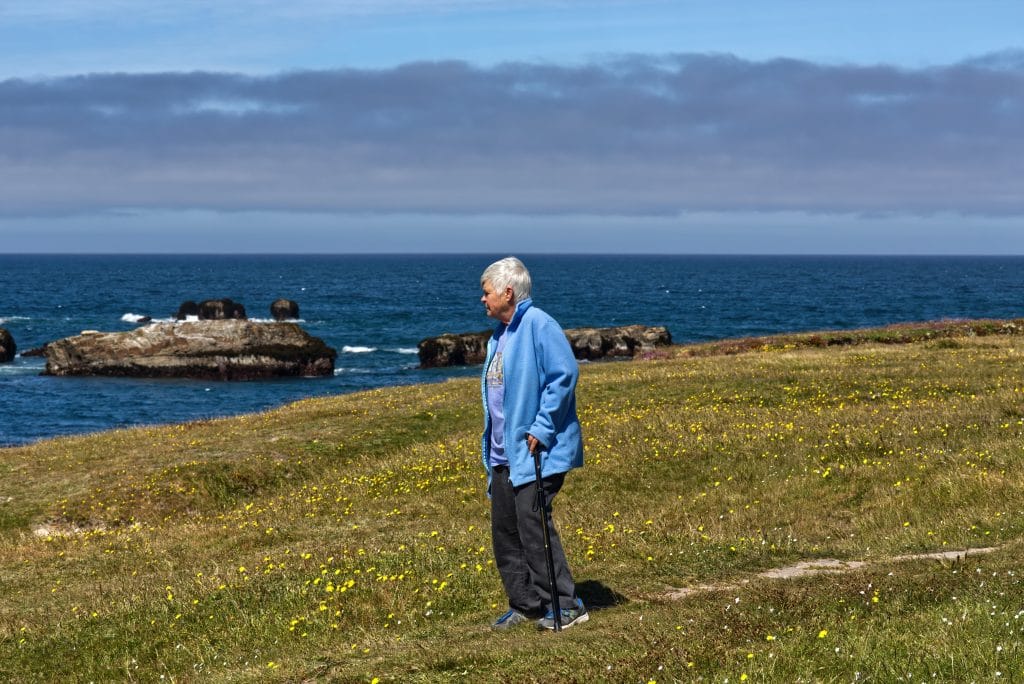Australian retirees face a ‘double whammy’ when it comes to funding their retirement. On the one hand we, as a nation, are enjoying longer and healthier lives. On the other hand, long term lower interest rates have slashed the returns on the traditional foundations of post-retirement investment portfolios such as term deposits, cash management accounts and annuities.
A dilemma
This is the dilemma facing Dave and Linda. On the point of retirement these fit and active 65 year olds are looking forward to regular overseas travel while maintaining their comfortable lifestyle. They estimate this will cost them $80,000 per year, to be funded from their combined retirement savings of $1 million. Both are in good health and realise there’s a high likelihood that one or both of them could live well into their 90s.
Naturally, Dave and Linda’s first thought is about security and capital preservation. This leads them to look at investing their funds in a portfolio mainly comprising income-producing investments that will save them from the volatility of share and property markets. However, they quickly discover that, with lower long term interest rates, it will be difficult to achieve a long term return of just 3% per annum. A simple financial calculation shows that if they draw $80,000 each year from a portfolio with this low rate of return, the money will run out in just under 16 years. This strategy will see them barely make it into their 80s.
Time for a rethink
This highlights that longevity risk is as much of a threat as investment risk. To address the risk of outliving their money, Dave and Linda consider a portfolio that, while retaining some conservative investments, apportions most of their funds to a well-diversified range of growth assets including property, Australian and international shares, and some higher-yielding income funds. With an estimated return of 7% p.a., Dave and Linda’s money is calculated to last just over 30 years, seeing them well into their 90s.
Balancing the risks
Yes, a growth portfolio has, from an investment point of view, higher volatility than a defensive or conservative portfolio. That is, it will rise and fall in value along with investment markets. Dave and Linda will need to accept this volatility if they want to meet their lifestyle goals. However, even 10 years is a long investment horizon, let alone 30, so with time on their side, and a well-balanced investment strategy, they should be able to ride out any market downturns.
And there’s another safety net. The above calculations ignore any age pension. As Dave and Linda draw down on their savings, they will probably qualify for some age pension. Not only will this offset some of the investment risk, it will substantially extend the date when their savings will eventually be exhausted.
Helpful advice
Establishing a well-diversified, considered portfolio is a little more complex than setting up a conservative portfolio. It will also require more active management and regular review. On top of that individual circumstances can change quickly, particularly in older age.
For help with all aspects of retirement planning, including portfolio design, establishment of income streams and age pension strategy talk to Christine Swanson.
Christine Swanson is qualified professional adviser who can help guide you in making smarter financial decisions. Book an appointment today!
This information is of general nature only and has been provided without taking account of your objectives, financial situation or needs. Because of this, you should consider whether the information is correct and appropriate in light of your particular objectives, financial situation and needs.









